Submitted Review
The |notfair| Art Fair, Melbourne
‘It misses out on those architectural punctuations that render focus…’
In its tenth year, only interrupted last year by Covid, [notfair] continues to play an important role of presenting the work of unrepresented artists and the provision of surrounding support systems: monetary awards, a digital catalogue, marketing, and opportunities for sales.
There are 36 artists and hundreds of artworks. But is it really an art fair? To me, it looks like a group show in presentation and duration, but without a solid foundation of curation. Yes, there are aesthetic relationships to be witnessed, and undercurrents of shared interests in subject matter, but these may be inherent in the practices of the artists themselves as individuals experiencing shared existential realities and not necessarily created or curated for the space itself.
Hosted in the former Kardinia Church at the Chris Gahan Reserve in Melbourne, stripped bare of its former interior characteristics. Large spaces tend to tempt curators to fill – with large scale installations, sculptures and things. Sometimes the re-purposing, re-presenting, re-contextualising of found materials, detritus of the everyday, can transform the way the viewer reads and interprets this bricolage. But sometimes, and I suspect more often than not, ‘stuff’ looks like piles of discarded ‘stuff’.
A meeting of works by Amelda Read Forsythe and Alicia King reveals one of those moments of aesthetic relation. Read Forsythe’s participation extends to five paintings, themselves referring to Pieter Casteels III early 18th century series itself titled Twelve Months of Flowers. The oil on board artworks reveal a dramatic change in direction for the artist in terms of palette. Hints of lolly bright pastels highlights in her predominantly monochromatic, or subdued greens and browns of perennial autumn, are now in full display. They are bright and brilliant, incongruous even, a display of native flora, of exotic mysterious flora, presented for official observation of formal still life. Her deft application techniques are lost in digital, flattened. You must be physically present to perceive the illusory qualities via juxtapositions of brushwork, creating a depth to the image rendering it both solidly an object and a feather-light image. The zoomorphism qualities in those petals, blooms and stems like feathers, bristles, spikes, call gently to the frazil-like works of Alicia King, whose interrogation of biotechnology in her metal, organic and synthetic amalgam sculptures and wall objects seem a world away from Read Forsythe in their colour and media, bar these feathery spikes reaching out to each other like magnets. The nexus of that conversation: mother nature and contemporary culture, they could (and should?) be in a room by themselves getting down to some serious existential discourse.
Inside the large hall (Melburnian parents might know it as a former indoor play park for kids) is where problems arise. A large open space of that scale is both a blessing and a curse, curatorially speaking. It misses out on those architectural punctuations that render focus through isolation, that prove once again how spatial influences play a big role in how we engage with art en masse and individually. There are some significant artworks here, solid collections of work, but nimiety renders confusion. The high key intensities of Jack Rowland, Kate Ballis and Hayley Arjona can jostle and find their own space. The more delicate sensibilities in the works of Farnaz Dadfar and Jennifer Whitten are not done the justice they deserve, despite their scale.
Hence why the segregated displays tend to be more successful like Shea Kirk stereoscopic photography collection presented in a stripped bathroom, or Simon Attwool’s rather unexpected series presented in a contained thoroughfare: small framed printed postcards re-formed through screen printing, cutting and insertion of peek-a-boo photographic eyes peering back at you as you lean in. They provoked a laugh-out-loud reflex action, akin to being caught doing something wrong, reminiscent of Sartre’s keyhole ponderings of object/subject and shame.
To wit, Melbourne’s art calendar is reasserting itself. Congratulations to all.
MS
Marielle Soni
For full list of artists visit notfair.com.au
Images:
Amelda Read Forsythe
Alicia King
Installation with Farnaz Dadfar in foreground
Detail of Jennifer Whitten
Shea Kirk
Simon Attwool
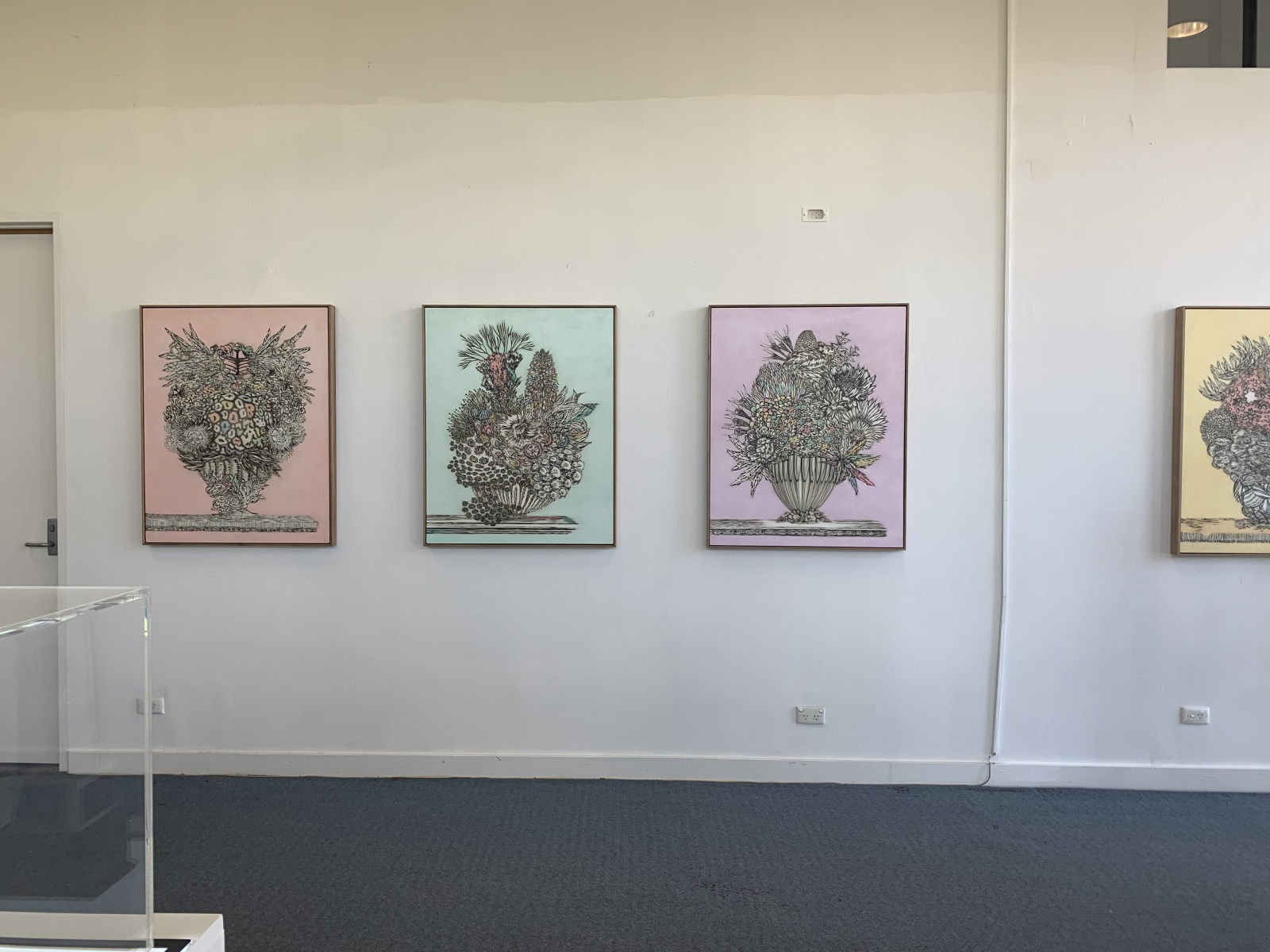
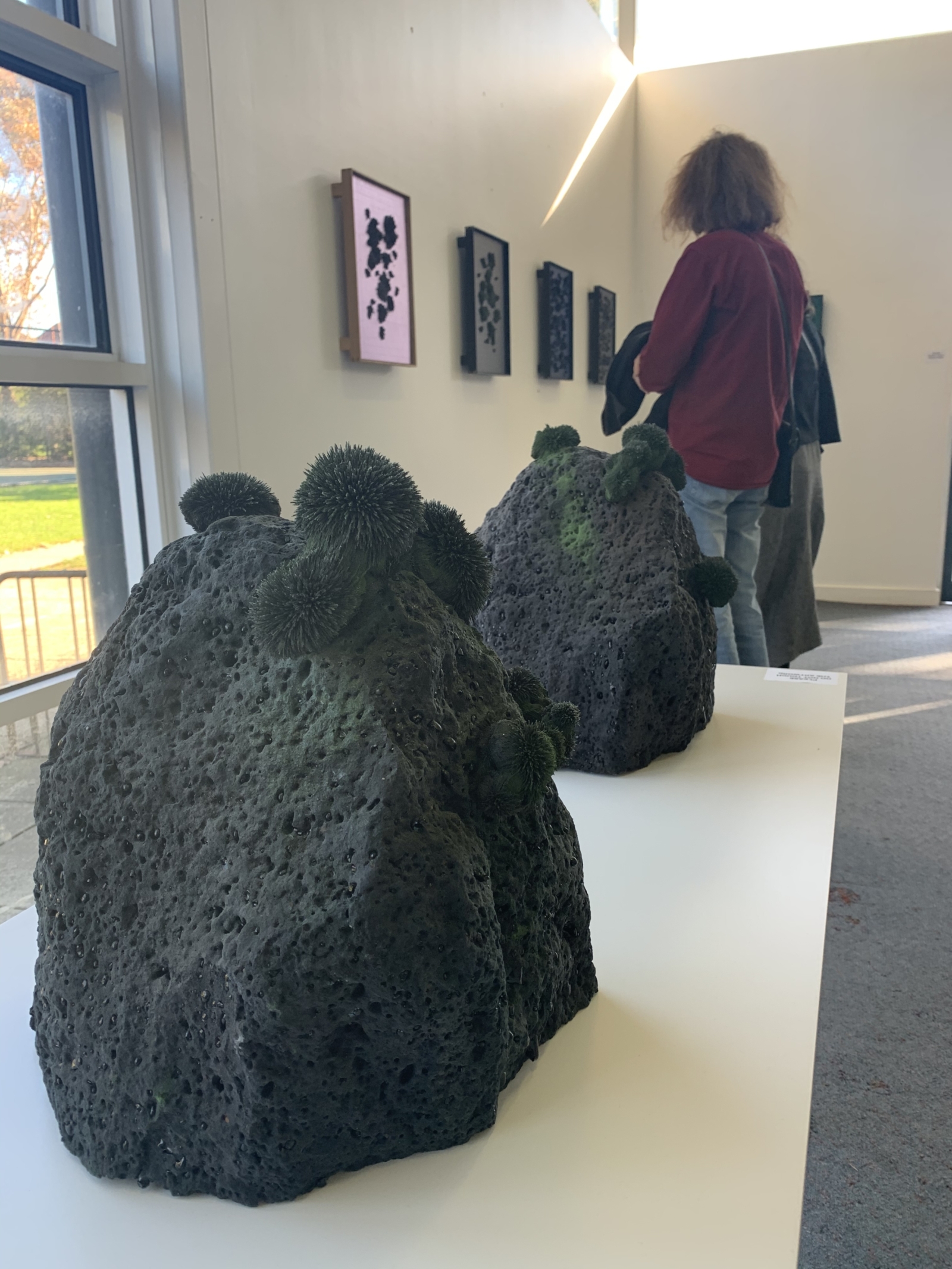
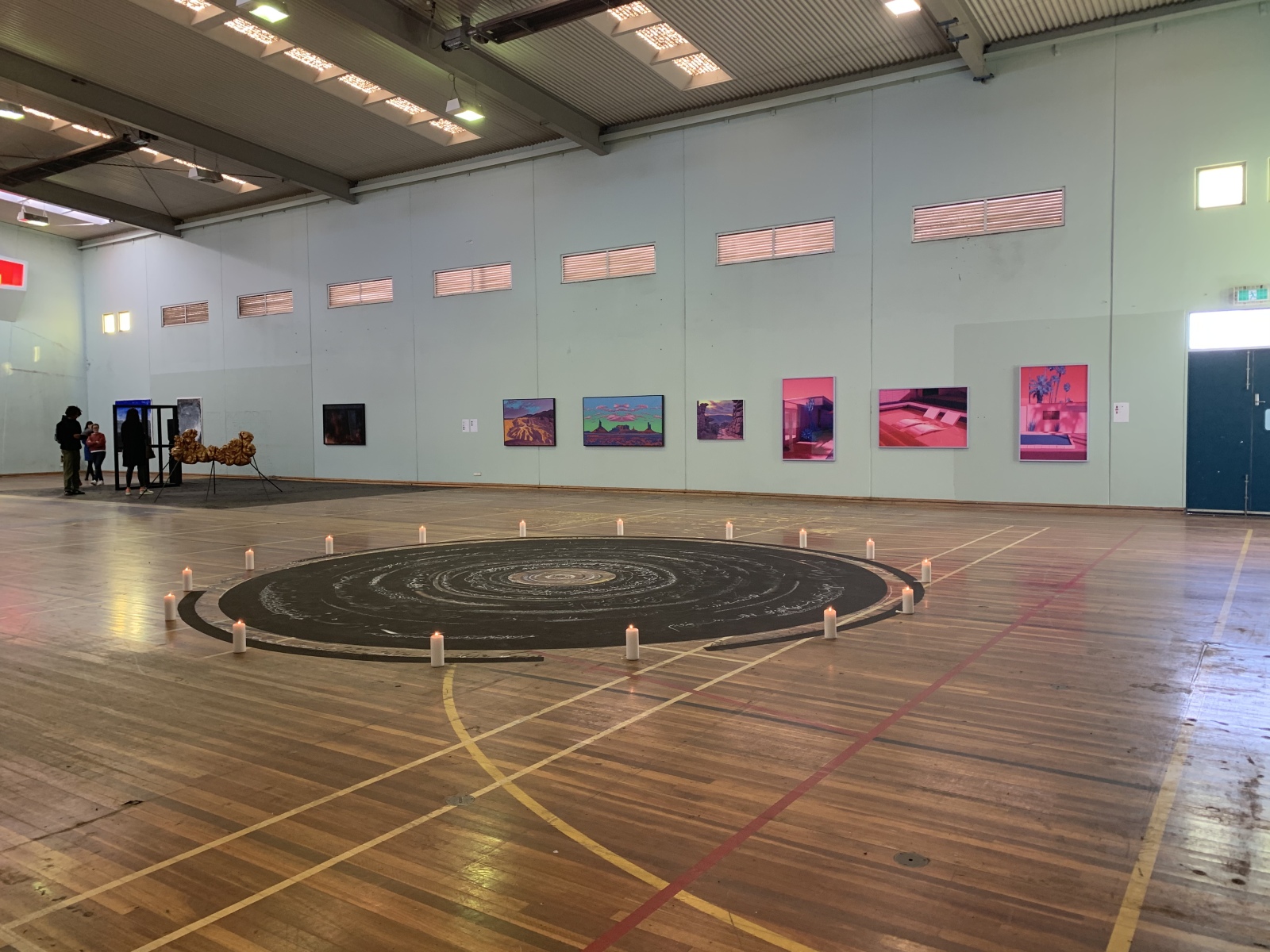
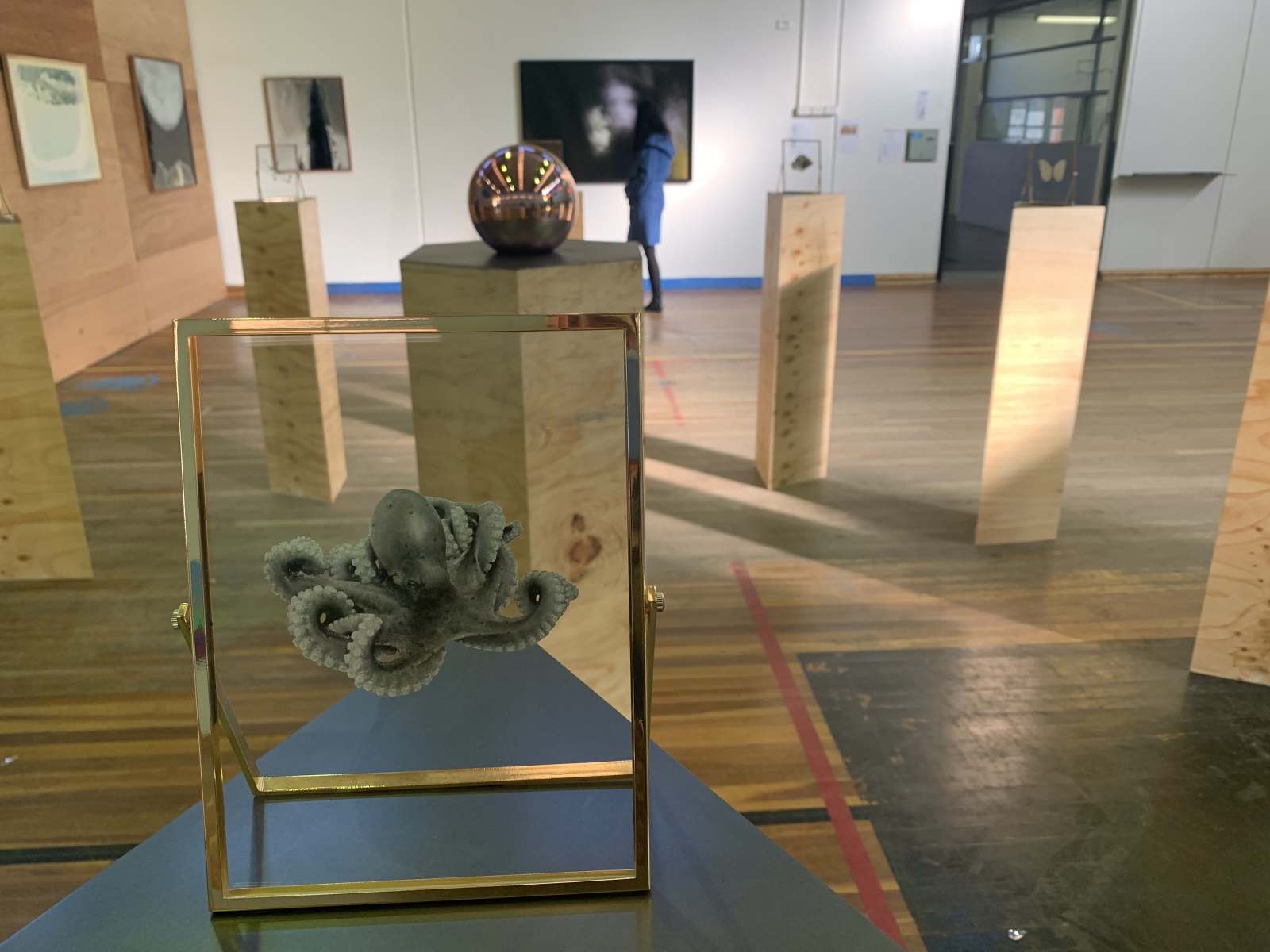
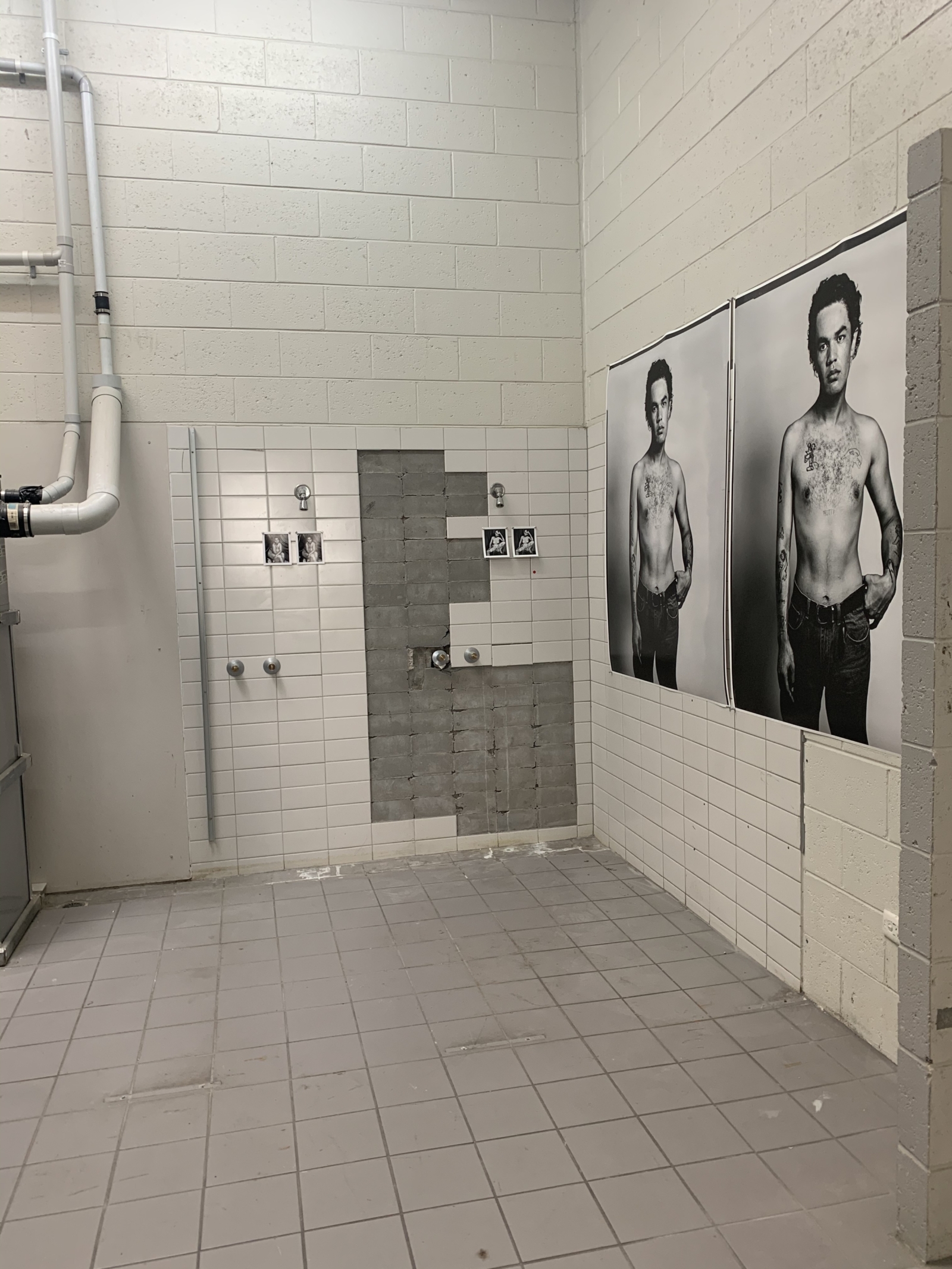
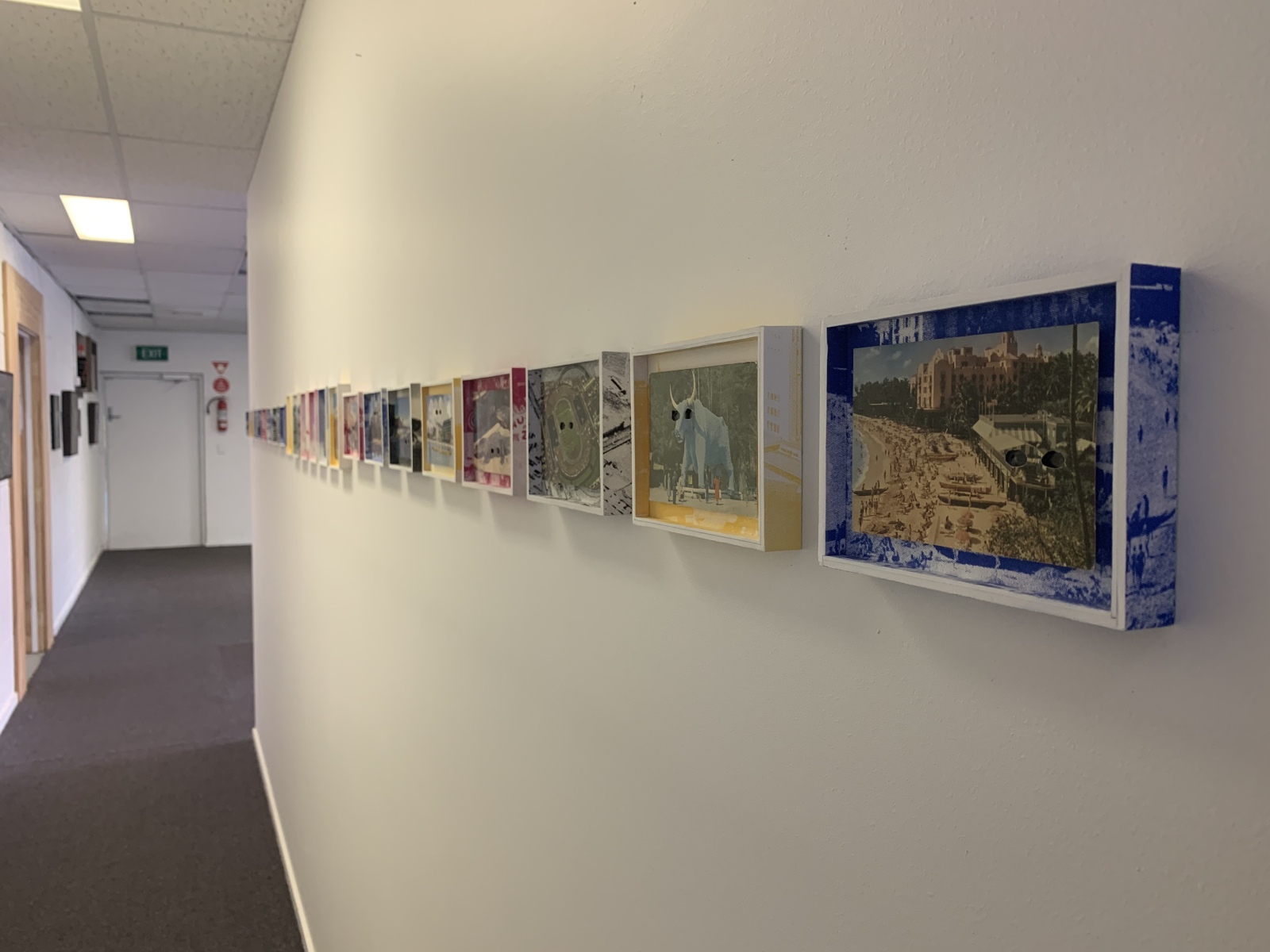
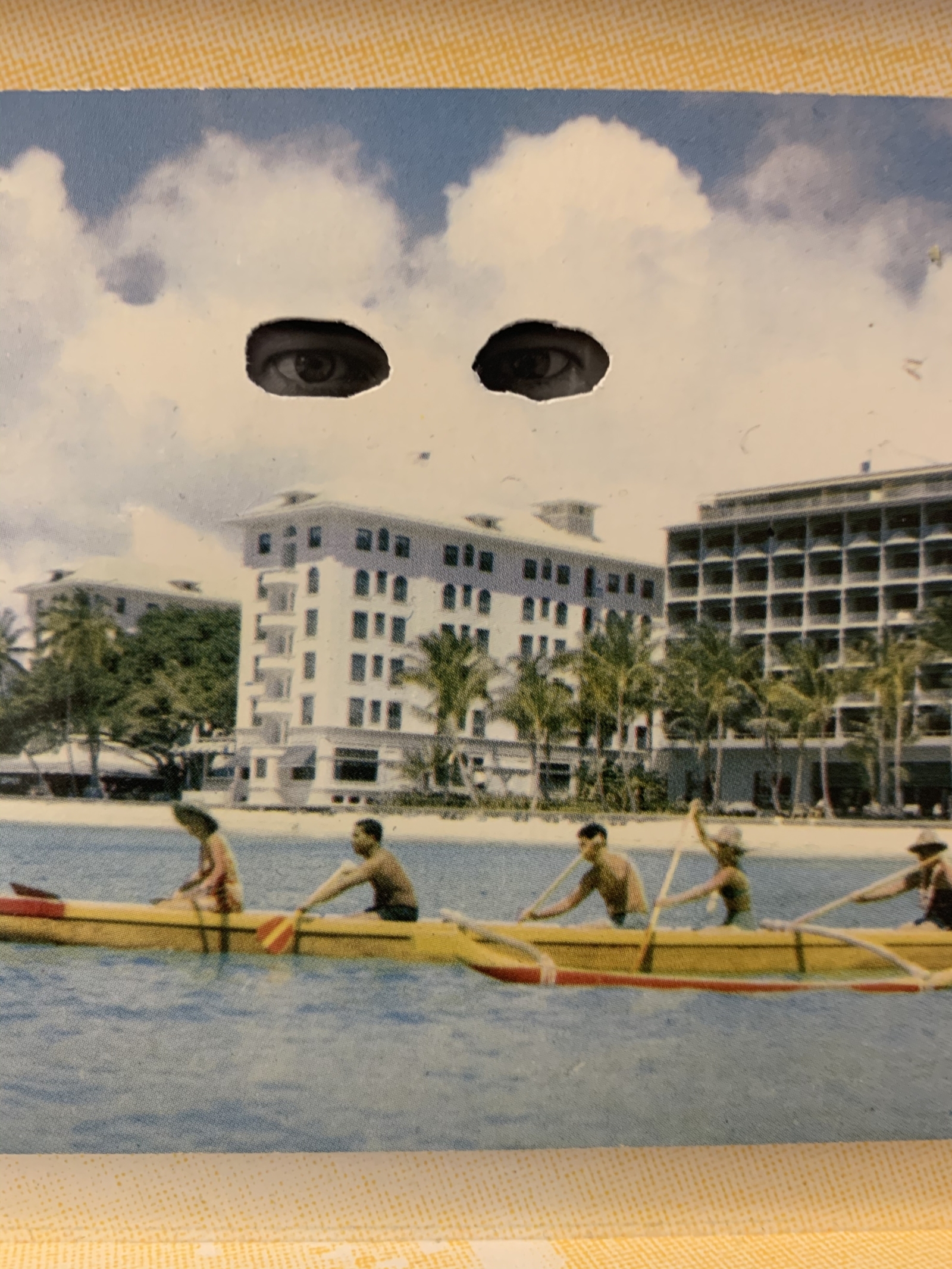
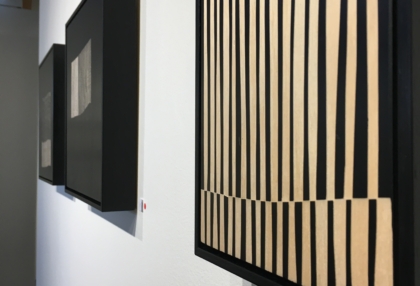
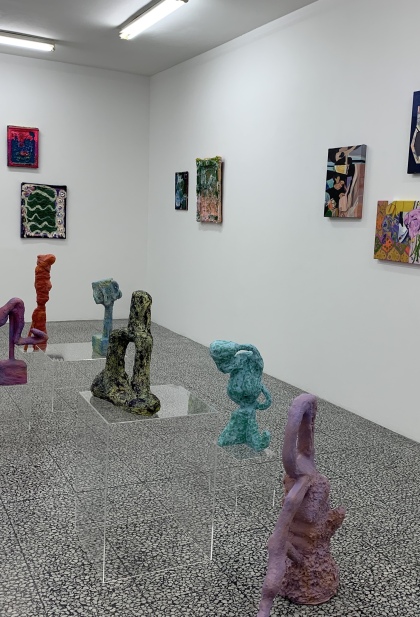
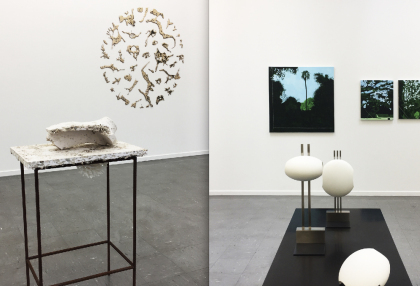
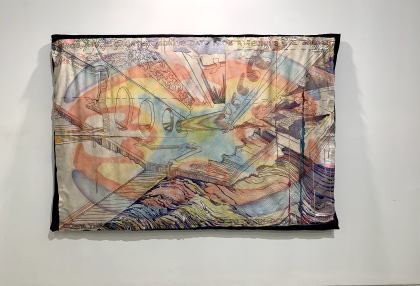
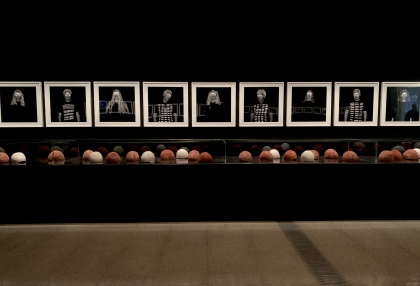
No Comments